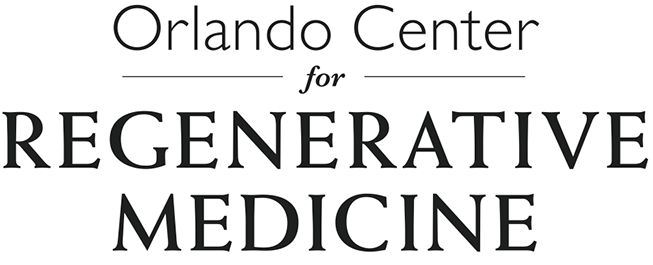PRP THERAPY FOR WRIST PAIN
In the past, patients with wrist pain due to a condition or injury often relied on cortisone or steroid injections to relieve their pain – or in more severe cases, surgery. At the Orlando Center for Regenerative Medicine we offer an alternative means of treatment through highly advanced platelet-rich plasma (PRP) and stem cell therapy. PRP therapy is used to heal a wide range of wrist conditions, while providing very little risk to our patients. PRP therapy is minimally invasive and includes minimal downtime, post procedure.
Commonly Treated Wrist Conditions & Injuries Using PRP Therapy
With our hands and wrists being on constant duty, they are especially vulnerable to conditions which result in acute pain. Two of the most common wrist conditions we treat at the Orlando Center for Regenerative Medicine are arthritis and tendonitis. Triangular fibrocartilage complex (TFCC) tears are also a frequent issue among patients.
Through PRP therapy we have found that pain can be dramatically reduced and healing stimulated. Treatment is fast-acting, while providing long lasting relief. Good candidates for treatment will be assessed based on their specific individual needs, with treatment aimed at returning full strength and range of motion to your wrist.
Common wrist conditions and injuries we treat using PRP therapy:
Wrist Instability
TFCC tears
Benefits of PRP Therapy for Wrist Pain
While electing to receive PRP therapy may remove the need for an invasive surgery, a post-operative rehabilitation program is still required – although this is less painful and across a much shorter duration. PRP therapy employs your own body to do the healing, so there are no surgical implants and very little chance of infection.
Studies have found that cortisone injections can relieve wrist pain for a period of time, but they do not usually produce long-lasting effects. Unlike steroid injections, PRP therapy works to naturally activate healing in the body. PRP therapy has the potential of restoring damaged tendons and ligaments, producing long-lasting relief in the wrist.
How Does PRP Therapy Work?
Our blood consists of liquid called plasma, along with small components of red cells, white cells, and platelets. Platelets contain proteins called growth factors, which are very important in the healing process when an injury occurs. Over time, we may begin to lose some of these powerful platelets that are in our body, making it harder for healing to occur. During PRP therapy, a concentrated source of the patient’s own platelets and growth factors are placed in the site of pain in order to promote regeneration in the body.
The PRP Therapy Treatment Process
A consultation with our center is required before being considered for PRP therapy in order to ensure that you are a good candidate for the procedure. Your successful outcome is our #1 priority, and since PRP therapy is not for everyone, our highly trained medical team will only provide you with the most effective treatment options for your particular situation.
If our medical team finds that PRP therapy will be an effective treatment option for your specific injury or condition, you will work with our office to discuss any medication and/or supplements you are currently taking. In order to yield long-lasting benefits, we recommend that you refrain from any anti-inflammatory medication 3 weeks before and 3 weeks after the procedure. You will not be required to fast from food or beverages before the procedure.
On the day of treatment, your procedure will be performed in one of our beautiful new treatment rooms at our center. PRP Therapy is considered minimally invasive and is done on an outpatient basis.
Treatment begins by obtaining a small amount of your blood. The blood is then placed in a high-spinning centrifuge. The centrifuge separates the components of the blood so that a rich, concentrated source of platelets is obtained. The platelet-rich plasma is then injected into the area of the body that is in need of regeneration. Many patients find the procedure to be completely painless. The entire treatment process takes around 45 to 60 minutes.



